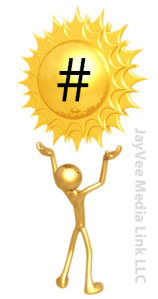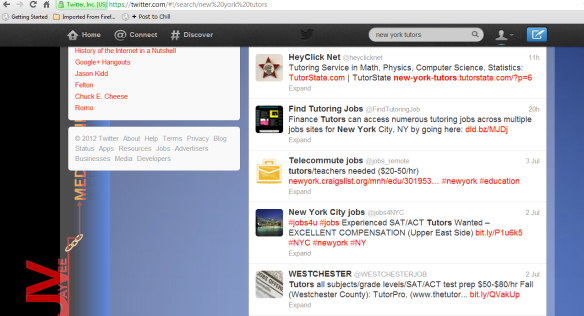June 3, 2013
by Jeanine Vecchiarelli return to JayVee Media Link LLC
Google Plus has been the topic of much debate – and more than a little derision – until recently. It was labeled a Facebook knock-off with the unfair advantage of having Google as its parent. A large number of social media aficionados turned their noses up at the platform, predicting that it would never amount to anything significant. It’s not often so many knowledgeable people would be wrong, but these days it looks as though that is exactly the case. Boasting over 343 million users, the once maligned social media platform has grown to become the second largest on the internet. As it has evolved, a number of features have won the minds and hearts of many former naysayers:
1. Ranking
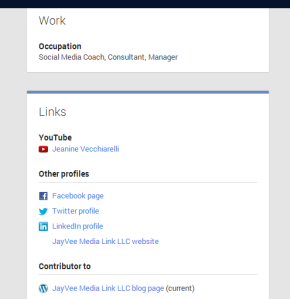 YES, Google indexes its G+ platform’s posts for search ranking! Instead of deriding that fact, more and more people are coming to embrace it. Why not use the advantage it offers, considering how competitive the rankings game is? Users maximize benefits through judicious use of niche keywords in their posts, and by including links to their websites, blog pages and other social media sites in the link section of their profile descriptions.
YES, Google indexes its G+ platform’s posts for search ranking! Instead of deriding that fact, more and more people are coming to embrace it. Why not use the advantage it offers, considering how competitive the rankings game is? Users maximize benefits through judicious use of niche keywords in their posts, and by including links to their websites, blog pages and other social media sites in the link section of their profile descriptions.
2. Post diversity
 Google Plus is likely the only major social media platform that supports every kind of post with no limitations. Text, pictures, videos, even full blog posts are supported. As a nice bonus, we have the ability to format our posted text with bold, italic and strikethrough features. Plus, downloadable files like pdfs and word documents can be shared directly on the platform. Posts on G+ are also very easy to target using hashtags and tagging. For convenience, tagged people in our posts may respond via email.
Google Plus is likely the only major social media platform that supports every kind of post with no limitations. Text, pictures, videos, even full blog posts are supported. As a nice bonus, we have the ability to format our posted text with bold, italic and strikethrough features. Plus, downloadable files like pdfs and word documents can be shared directly on the platform. Posts on G+ are also very easy to target using hashtags and tagging. For convenience, tagged people in our posts may respond via email.
3. Hangouts
No other social media platform offers a feature like Hangouts. These on-air video chats allow wide ranging discussion among up to nine participants, complete with capabilities for slideshow presentations, screen sharing, and other collaborative activities via access to Google Drive. They can be recorded for later posting, too. The business possibilities offered by Hangouts are virtually limitless!
4. Communities
Google Plus’ Communities are fairly new, having been introduced last December. Like groups or forums on other platforms, they allow easy connection and information sharing among people who have a common interest, business, etc. We can join existing communities or create new ones. Such involvement allows us direct lines of information about our particular interests, as well as an opportunity to share what we know with others who may not otherwise see our posts.
5. Business pages
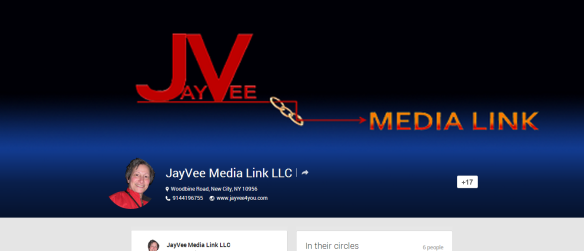
Google Plus is one of the most business friendly of the popular social media platforms. In addition to post diversity and huge cover pictures, we have the flexibility of opening up to 50 different business pages per gmail address. This is great if we wish to feature different products or services, or even just to showcase different facets of our companies.
6. New design
Google Plus’ new interface is much more user friendly than it has ever been before. Features are more easily accessible, post streams are cleaner (users can choose single or double column streams), and the revamped size for our cover pictures – 2120 pixels, or 16” by 9”- allows more room for unlimited visual representation than is offered on any other platform.
For all the above listed features, Google Plus is the social media place to be today. Not having a presence on the platform is a serious liability considering all the vital tools and features available to those who establish a presence there.
Which is your favorite Google Plus feature? One listed here, or another? Please share your thoughts in the comments section below!
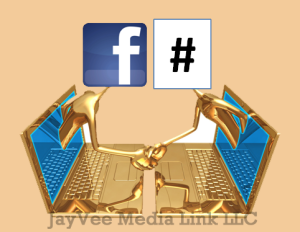 Hashtags have finally arrived on Facebook. They were greeted with fanfare from devotees of the feature, chagrin from a number of others, and renewed worry over how they might affect privacy settings. So are they a good or a bad addition to Facebook?
Hashtags have finally arrived on Facebook. They were greeted with fanfare from devotees of the feature, chagrin from a number of others, and renewed worry over how they might affect privacy settings. So are they a good or a bad addition to Facebook?






